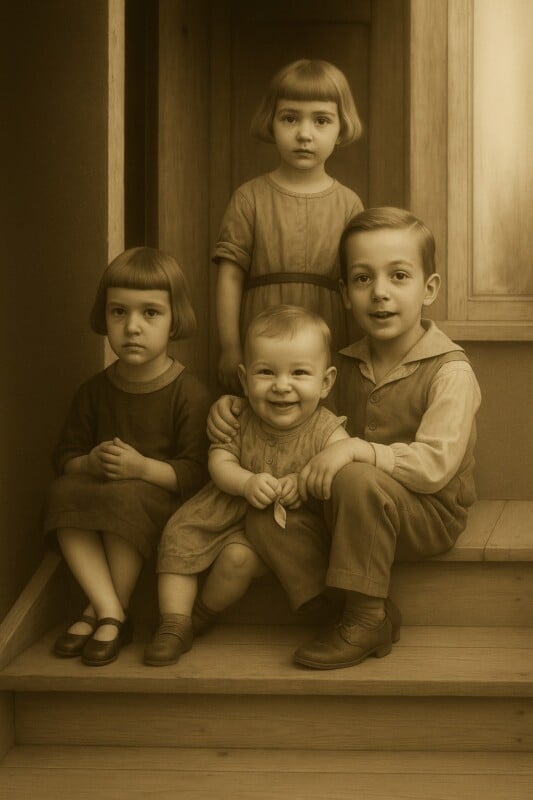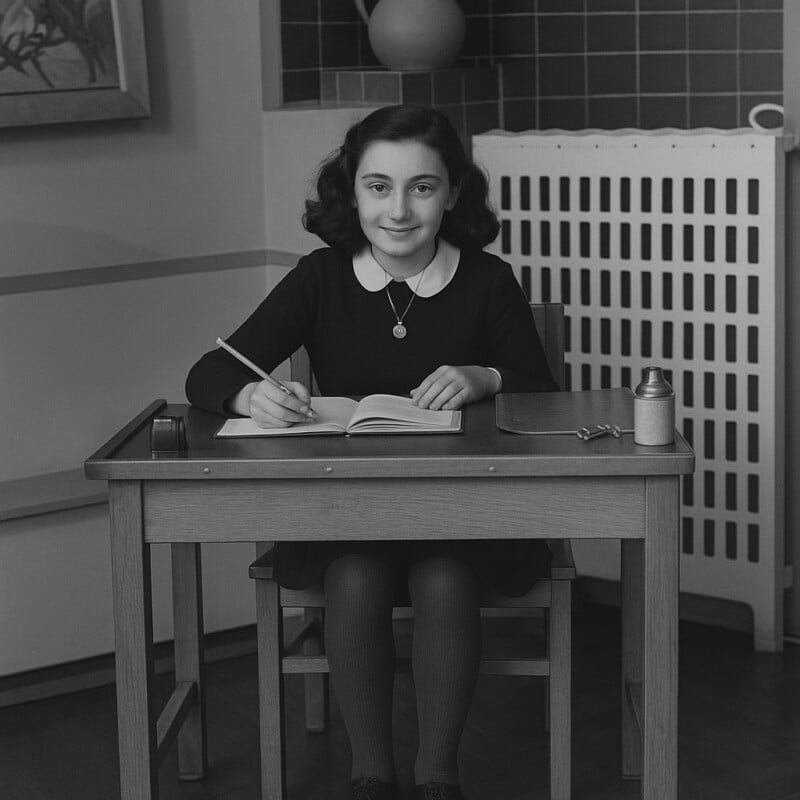Auschwitz Museum Asks Facebook Page to Stop Making AI Pictures of Holocaust Victims

The Auschwitz Museum has asked a Facebook page to stop AI-generating pictures of Holocaust victims using real names and stories.
In a post on X (formerly Twitter), the Auschwitz Memorial says that a Facebook page called “90’s History” is not making the pictures as a tribute, instead calling it a “profound act of disrespect to the memory of those who suffered and were murdered in Auschwitz.” Adding those images undermines the integrity of history itself.
“What makes this particularly troubling is that their posts copy real content — including names, dates, and biographical facts taken directly from our posts — yet they pair this information with fabricated, AI-generated images that mislead viewers,” reads the statement. “These are not real photos of the victims. They are digital inventions, often stylized or sanitized, that risk turning remembrance into fictionalized performance.”
![]()
The Auschwitz Museum shared the example of Léon Gorfinkel, a French Jewish boy deported to Auschwitz on September 2, 1942, and was killed. The Auschwitz Memorial tweeted a picture of him which 90’s History copied except for the picture which they swapped for an AI version of the young victim.
“The history of Auschwitz is a well-documented story,” the Memorial adds. “Altering its visual record with AI imagery introduces distortion, no matter the intent. Using made-up images, no matter how ‘poignant’ they seem, is a dangerous distortion of facts.”
PetaPixel’s attempt to contact the 90’s History page was unsuccessful but a brief scroll through its feed shows an onslaught of AI imagery. What’s strange is that, in many cases, there are already plenty of real photos online of the person depicted, but the page uses an AI version anyway.

“We strongly condemn this practice and urge anyone committed to preserving the memory of Auschwitz to verify sources and stand firmly against the spread of manipulated or misleading historical content,” adds the Auschwitz Memorial.
AI Slop
Many of the comments underneath the 90’s History posts, read “RIP” or “So sad.” The people leaving the comments appear to trend older toward the baby boomer generation. While there are comments criticizing the page for posting AI-generated content, the administrators themselves never mention that the content is fake and present themselves as a legitimate history page, even adding dates to when the “photo” was supposedly taken.


This type of AI content has been characterized as “sadcore”. For example, an image of an attractive woman sitting in front of a birthday cake with the caption: “Today is my 42nd birthday, no husband, no children, I baked the cake by myself.” This type of content is a basic ploy for a reaction, and while some are legitimately trying to make money from Facebook’s ad revenue sharing scheme, some pages are more nefarious, phishing for bank details, et cetera.
Newslttrs reports that some of the posts collect small payments through Facebook’s “stars” system, where each star is worth about a penny.

“Not a huge amount of money but repeated across hundreds of images with thousands of comments each it could start adding up to real income. Most of these AI spam pages are based in low-cost countries where the nickels and dimes of outrageous internet content go far further,” writes Newslttrs.
Source link



